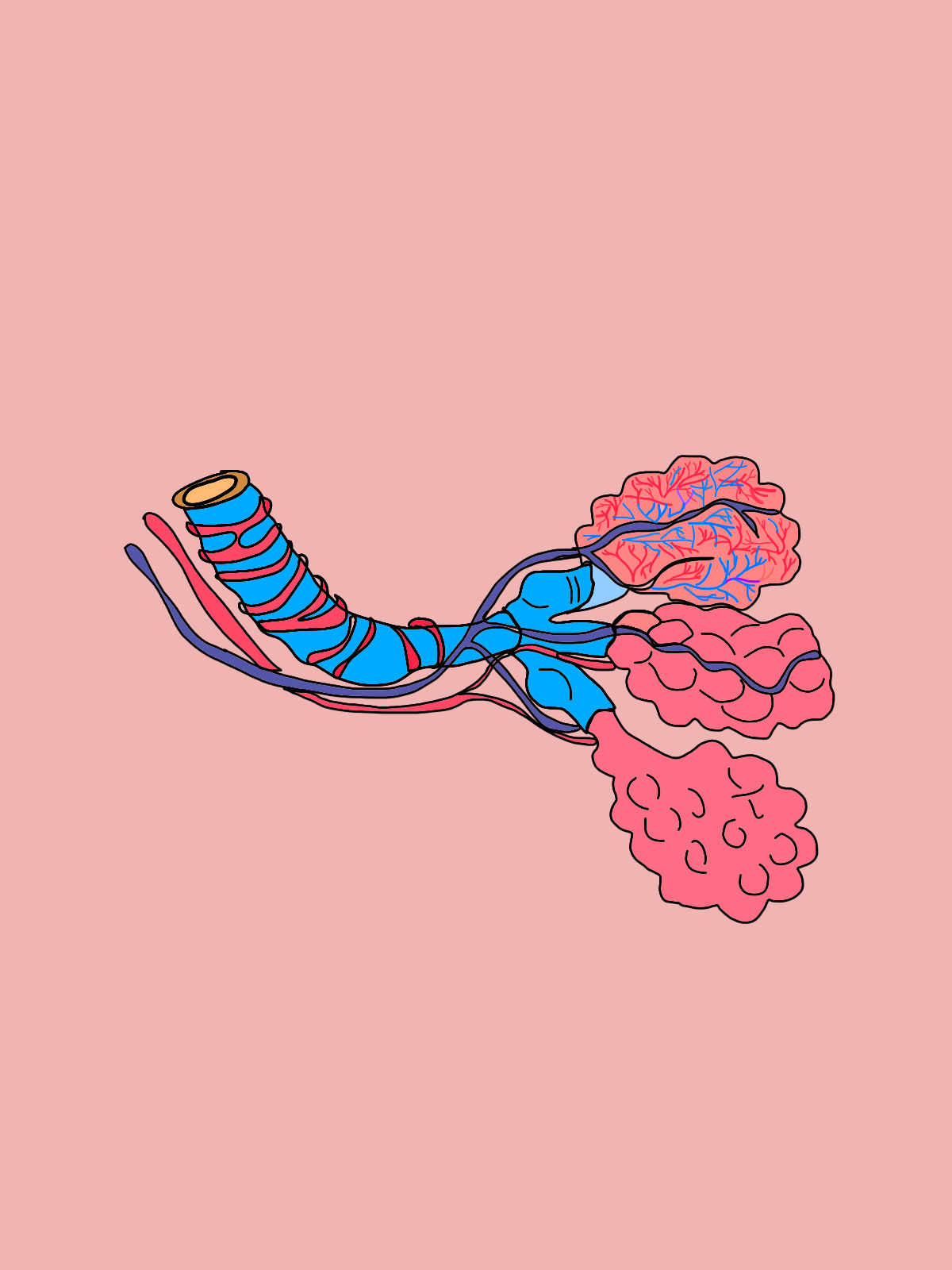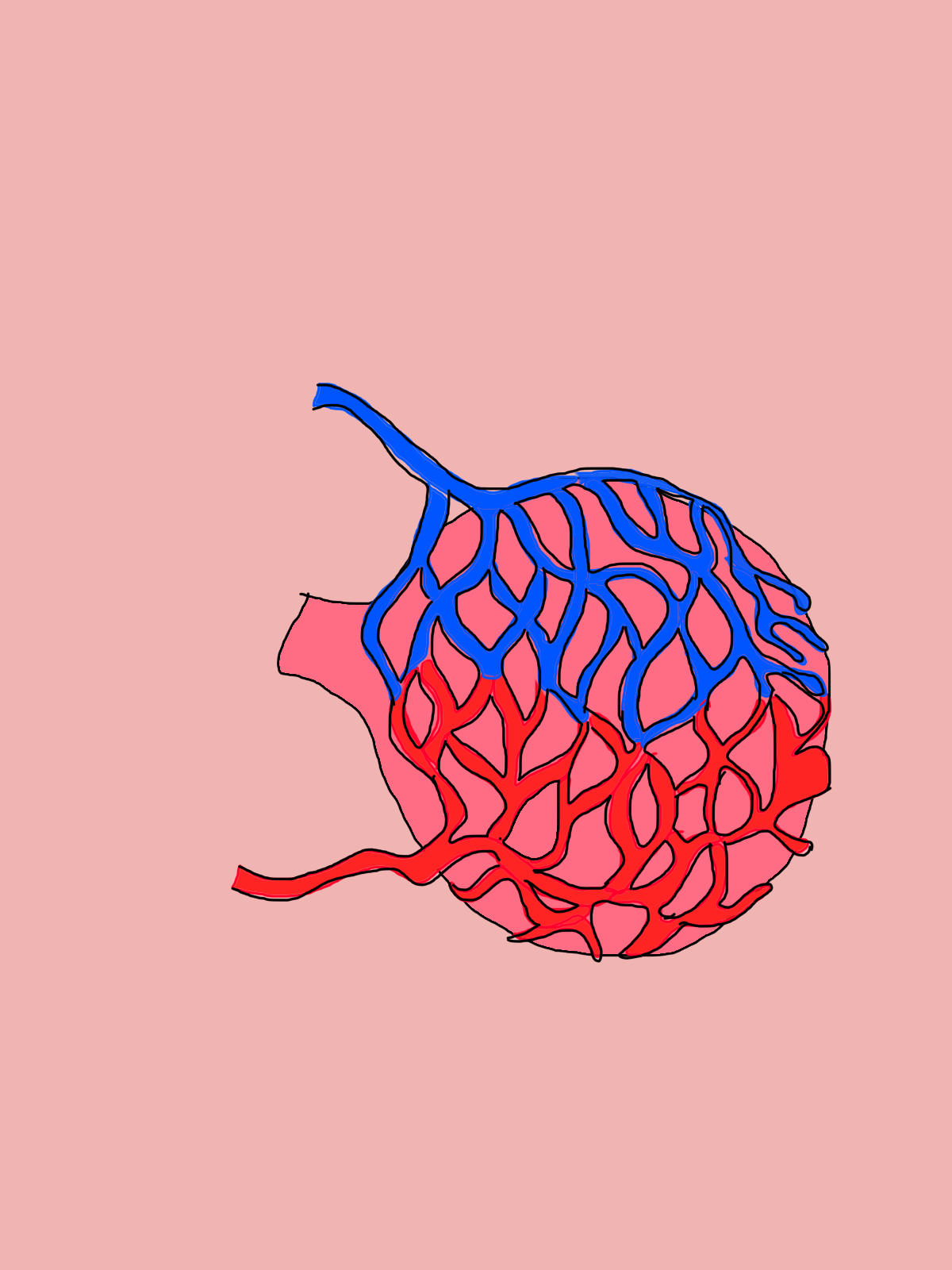We mentioned that during digestion, carbohydrates get broken down into glucose.
Our cells require glucose. However to break down glucose into carbon dioxide and water, they need a supply of oxygen!
Below you can see the chemical structure of glucose - C6H12O6.
One gram of glucose contains approximately four calories. On average human beings need anywhere between 2000-2500 calories a day to function!
Our brain requires sufficient amount of glucose + oxygen to function. If you are running low on either, you will find your brain feeling a bit slow and fuzzy.
The first step of breaking down glucose involves turning glucose - which is a six carbon molecule, into a three carbon molecule called pyruvate.
This process takes place in the cytoplasm of the cell.
The pyruvate is then converted to ethanol and carbon-dioxide.
The breakdown of pyruvate takes place in the mitochondria and makes use of oxygen. Such a process where energy release involves the oxygen, is called aerobic respiration.
In the absence of oxygen, the pyruvate will be converted into lactic acid.
The energy released is then used by our cells to synethesise ATP - Adenosine triphosphate.
ATP is used to perform all other functions in the cell such as contraction of muscles, protien synthesis and conduction of nerve impulses.
From the description above you know that our body needs a sufficient amount of oxygen to break down glucose and release energy.
The human respiratory system is the system responsible for breathing in atmospheric oxygen and breathing out the carbon dioxide released during cellular respiration.
Air is taken in through our nostrils.
Nostrils contain fine hairs which help in filtering out small impurities.
From the nostrils the air passes through our throat and into our lungs.
To make sure the airway does not collapse, it is surrounded by rings of cartilage.
Within our lungs, the air passage divides into small tube called bronchioles.
You can see a diagramatic representation of a bronchiole below.

The bronchioles then deliever air to tiny sacs called alveoli.

You can see what an alveoli looks like above. The walls of the alveoli contain an extensive network of blood-vessels.
It is within the alveoli that atmospheric oxygen is absorbed into blood.
Blood brings the carbon dioxide from the rest of the body to the alveoli. The carbon dioxide from the blood diffuses into the alveoli, while the atmospheric oxygen diffuses from the alevoli into the blood.
Within blood- specificially within the red blood cells, there is a pigment called haemoglobin.
Haemoglobin increases the solubility of oxygen in water and allows for more efficient absorbtion of oxygen.
During the breathing process, the lungs always contain a residual amount of air so that there is sufficient time for oxygen to be absorbed and for carbon dioxide to be released.